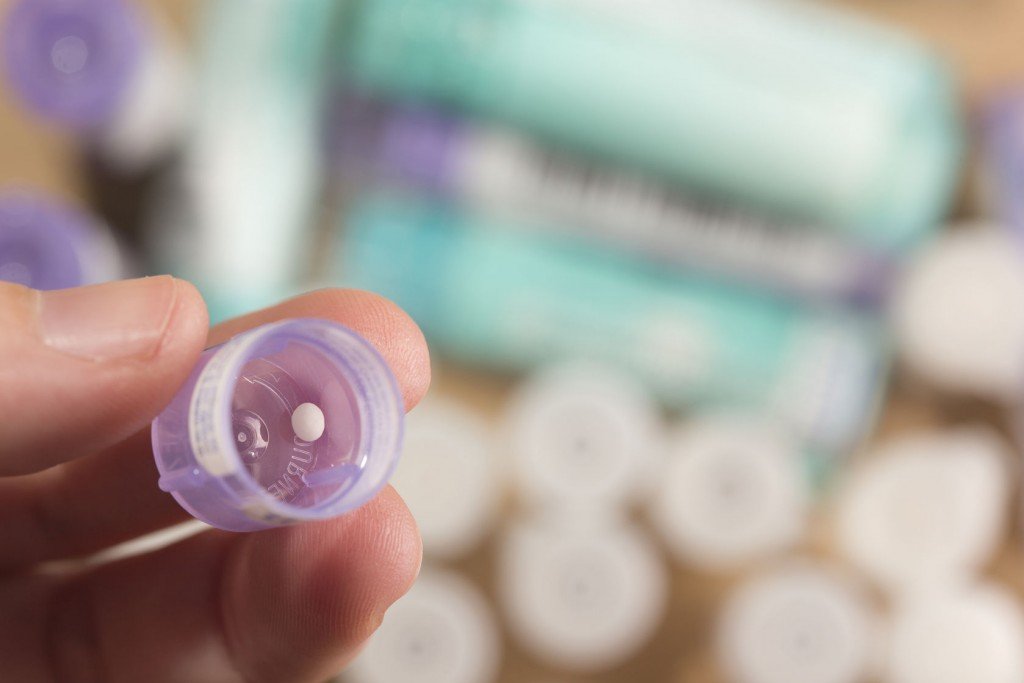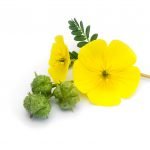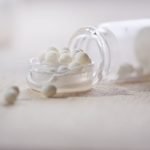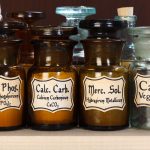Joe Kellerstein, DC, ND
Salina walked into my office with a bright smile. Her dark hair was stylishly done. My attention was drawn to her large, dark eyes and magnetic smile. It was a few seconds more until I realized this lovely lady was very overweight for someone of her height and youth.
I examined her intake form. It was not surprising that the chief complaint was Type II diabetes. What was shocking was that her lab profiles indicated that there was significant renal distress and, in fact, very low kidney function. She had been counseled that dialysis was a probable and rapidly approaching need.
Coming from a Mediterranean background, Salina’s parents had always emphasized food – obesity was a problem even as a child. Having such a zest for food had made dietary control of blood sugar very difficult. The lack of symptomatology allowed for a kind of denial. This was all changing, however. It was disheartening to her that the usual courses of meds and insulin were not helping the new symptoms or renal function.
Salina’s Symptoms
Exertion was becoming difficult. Salina knew herself as a vigorous young lady. As of late, there was a shortness of breath upon mild exertion. When sleeping, she needed several pillows to ease her breathing.
Many nights there was significant perspiration of the chest, mostly between the breasts. Sleep itself was not satisfying; it had become very light. She would wake from slight noises in the house. Waking at 3 a.m. was characteristic.
It was noteworthy that until recently, Salina was generally a warm-blooded person. That is, she was less comfortable in the heat or in, say, a warmer room. This had changed in an interesting way. Certainly she now enjoyed the warmth more and the sun, but if she was still for too long (sitting) she would become decidedly cold. This was improved by getting up and moving around.
There was a past history of headaches. They could become so severe as to cause faintness.
More recently, several skin issues had become prominent. Small, round ulcers appeared around the ankles and were slow to heal. The foot was developing more callouses – thick, horny kinds of callous formation. She also had skin eruptions, eczematous in appearance, which got irritated and aggravated by contact with perspiration.
It was alarming for her that recently her ankles and feet became numb.
Low back pain had been a steady companion that very much limited her. The lumbar pain was worse after standing, even a short time, and lifting aggravated as well. In the upper limbs there was cramping (occasional) of the fingers.
Consistently she had a chronic cough, which was definitely worse while eating.
Certainly all this is a far cry from being asymptomatic. The timeline of onset of these complaints turned out to be quite coincident with a family dispute. Salina is very close with her family; however, a recent quarrel put her on the outside of things. There is a strong feeling of separation from her family and a constant dwelling on the events, which bring feelings of anger, indignation and the desire for reunion back to the surface. Most clear to me was the constancy of her mind dwelling on these issues and the sense of now being separated from the family.
Diagnosis and Treatment
In case analysis, Hahnemann tells us to select those symptoms from the list that are most characterizing to obtain several remedies to consider as a prescription. Further examination of the symptoms and provings will lead to a unique selection. Normally I collect symptoms (computer clipboard) in the order of their being rendered in the case. I then play (in different clipboards) with selecting a small characterizing genius until I am satisfied. Various combinations of symptoms are given a trial until something strikes me as being very resonant with each case.
In this case, 26 symptoms were collected initially. My final group of genius symptoms were:
- Lower back pain (lumbar), worse on standing
- Cough, worse during eating
- Skin eruptions, parts perspiring
- Generalities worse at 3 a.m.
- Dwells on past disagreeable experiences.
Four remedies emerged strongly: Rhus tox, Sepia, Sulphur and Thuja. It struck me that the repertorization was not satisfying. How do I account for the feeling cold at rest? I found the rubrics “chill; motion ameliorates” and “chill; sitting aggravates.” That’s more like it! One remedy emerges; interestingly enough, it is also in the rubric “estranged from her family.”
I gave Sepia 6c, one pellet three times daily. It was about one month later on her return that she was not only asymptomatic, but her kidneys’ functions were much better and no one was talking about dialysis. Thank you, Hahnemann.
 Joe Kellerstein, DC, ND graduated as a chiropractor in 1980 and as a naturopathic physician in 1984. He graduated with a specialty in homeopathy from the Canadian Academy for Homeopathy, and subsequently lectured there for two years. He also lectured in homeopathy for several years at CCNM; for eight years at the Toronto School of Homeopathic Medicine; and for two years at the British Institute for Homeopathy. Kellerstein’s mission is the exploration of natural medicine in a holistic context, especially homeopathy and facilitating the experience of healing in clients.
Joe Kellerstein, DC, ND graduated as a chiropractor in 1980 and as a naturopathic physician in 1984. He graduated with a specialty in homeopathy from the Canadian Academy for Homeopathy, and subsequently lectured there for two years. He also lectured in homeopathy for several years at CCNM; for eight years at the Toronto School of Homeopathic Medicine; and for two years at the British Institute for Homeopathy. Kellerstein’s mission is the exploration of natural medicine in a holistic context, especially homeopathy and facilitating the experience of healing in clients.





